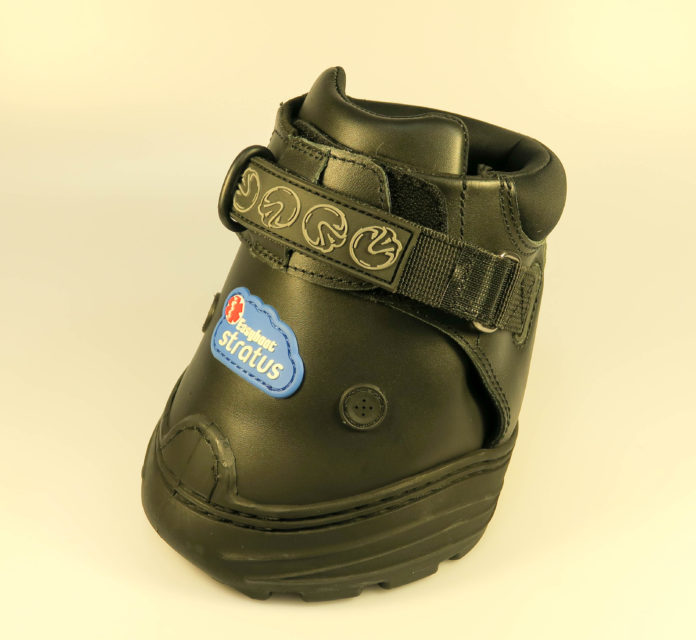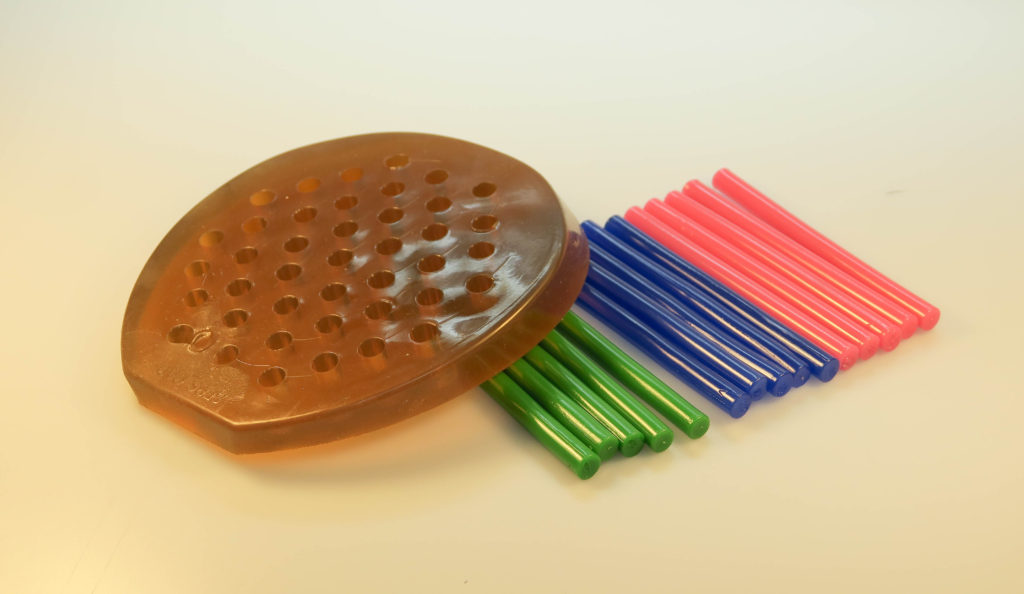


Hoof boots can protect the sole and wall of the hoof, which may prevent abscesses, hoof bruising, and wall of the hoof from crumbling. Additionally, for horses with poor hooves, there are no nail holes to contend with and you do not need to deal with the potential damage that comes with losing a shoe. Some equestrians choose to utilize hoof boots in lieu of horse shoes, because they give the support of a shoe with the freedom of keeping your horse barefoot. They will also exhibit a reluctant or hesitant gait, which equestrians liken to a horse “walking on eggshells.” Perhaps the most distinguishable sign of laminitis is the “sawhorse stance” that many laminitic horses exhibit, with their front limbs stretched out in front to alleviate pressure on hooves and the hind limbs positioned well under them to support their weight. The symptoms include warm hooves and a palpable digital pulse within the hoof. Hoof testers are especially helpful when diagnosing sole bruising or abscesses (an accumulation of pus and inflammation within the hoof).įor horses with laminitis, the inflammation of the laminae of the hoof, it often attacks more than one hoof which makes the lameness more difficult to ascertain. This instrument allows you to pinch and put pressure on the various hoof structures to help you pinpoint the location of the pain. If the pain is directly related to the hoof, horses may respond dramatically to hoof testers being used. Other signs of lameness include limping, pronounced head bobbing, dragging a toe, slower than average movements, and the inability to turn their body smoothly. Lameness is often characterized by a horse taking shorter strides with one leg, or, in extreme circumstances, being unwilling to put weight on the hoof at all. Signs of Lamenessįirst things first, how do you know your horse is lame? This is a bit of a loaded question, but we will quickly address the signs of lameness resulting from pain originating in the hoof.


Calling the veterinarian out to examine your horse should be your first course of action when your horse exhibits signs of lameness, but what can you do while you wait for the vet and during your horse’s recovery? In this blog, we explore the ways that you can utilize hoof boots to support your horse’s hooves to prevent and treat lameness. We work hard to ensure the comfort and safety of our four-legged companions, but sometimes, things don’t go as planned. “Your horse is lame,” For many equestrians, these four simple words make their heart stop.


 0 kommentar(er)
0 kommentar(er)
